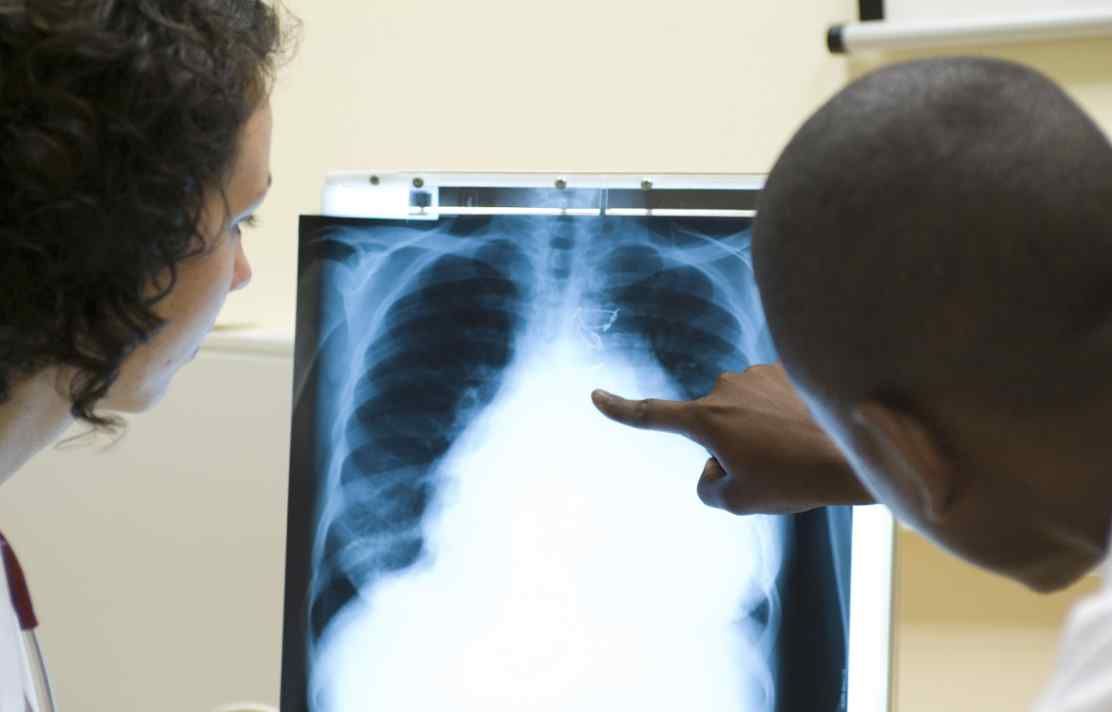BibTex format
@article{Hoschler:2020:10.1016/j.vaccine.2020.02.024,
author = {Hoschler, K and Maharjan, S and Whitaker, H and Southern, J and Okai, B and Baldevarona, J and Turner, PJ and Andrews, NJ and Miller, E and Zambon, M},
doi = {10.1016/j.vaccine.2020.02.024},
journal = {Vaccine},
pages = {2660--2670},
title = {Use of traditional serological methods and oral fluids to assess immunogenicity in children aged 2-16 years after successive annual vaccinations with LAIV.},
url = {http://dx.doi.org/10.1016/j.vaccine.2020.02.024},
volume = {38},
year = {2020}
}
RIS format (EndNote, RefMan)
TY - JOUR
AB - BACKGROUND: The UK introduced quadrivalent live attenuated influenza vaccine (qLAIV) for children in 2013/2014. The impact of annual vaccination on effectiveness and immunogenicity is being assessed. METHOD: A phase III/IV open-label study of the immunogenicity of annual vaccination with qLAIV (Fluenz™) was conducted over three consecutive years (2014/15-2016/17) in 254, 249 and 162 children respectively. Serum responses to vaccine components were measured by Haemagglutination Inhibition (HAI) and anti-A(H1N1)pdm09 Neuraminidase (NAI) assays, stratified according to previous receipt of AS03B-adjuvanted A(H1N1)pdm09 pandemic vaccine in 2009/10. Antibody levels to the A(H1N1)pdm09 and H3N2 vaccine components in oral fluids (OF) were explored using an ELISA. FINDINGS: More paired pre- and post-vaccination oral fluids (96%) than paired sera (87%) were obtained. Geometric mean titre rises using HAI assays were limited, with maximum rises seen in year one for both influenza B strains when 39% and 43% of subjects seroconverted (95% confidence interval 33-46% and 36-50%, respectively) and year two for influenza H3N2, when 40% (33-46%) individuals seroconverted. Prior pandemic vaccine receipt resulted in higher pre- and post-vaccination A(H1N1)pdm09 HAI titres and lower pre-and post-vaccination NAI (N1 neuraminidase) titres in all three years. OF results were congruent with HAI results; assay specificity compared to HAI was 88.1 and 71.6 percent, and sensitivity was 86.4 and 74.8 percent respectively for A(H1N1)pdm09 and H3N2. CONCLUSION: In all three study years, vaccination with qLAIV resulted in poor antibody responses. However, OFs are an alternative specimen type that allows self sampling, can easily be obtained from children, and their analysis leads to similar conclusions as classic serology by HAI. Their suitability for seroprevalence studies should be investigated. We demonstrated a sustained effect from prior receipt of the AS03B-adjuvanted A(H1N1)pdm09 vacci
AU - Hoschler,K
AU - Maharjan,S
AU - Whitaker,H
AU - Southern,J
AU - Okai,B
AU - Baldevarona,J
AU - Turner,PJ
AU - Andrews,NJ
AU - Miller,E
AU - Zambon,M
DO - 10.1016/j.vaccine.2020.02.024
EP - 2670
PY - 2020///
SN - 0264-410X
SP - 2660
TI - Use of traditional serological methods and oral fluids to assess immunogenicity in children aged 2-16 years after successive annual vaccinations with LAIV.
T2 - Vaccine
UR - http://dx.doi.org/10.1016/j.vaccine.2020.02.024
UR - https://www.ncbi.nlm.nih.gov/pubmed/32070679
UR - https://www.sciencedirect.com/science/article/pii/S0264410X20302218?via%3Dihub
UR - http://hdl.handle.net/10044/1/77715
VL - 38
ER -
